|
Our 30th episode! Hard to believe we started in March, 2019 at episode 1! In this episode of Food History Happy Hour, we made the Pink Garter cocktail from 1946 and discussed all things wedding food! We started off with WWII rationing and wedding cakes, moved into 19th century wedding breakfasts, why they were called "breakfasts," and the types of food served, including the Medieval origins of wedding cakes, which were originally (and sometimes still are) fruitcake! Then we moved onto trends in cake design, the influence of Queen Victoria on fashionable weddings, and launched into a discussion of famous literary weddings (including Laura Ingalls Wilder and Meg March from Little Women) which then devolved into an (attempted) discussion of what was served at Miss Havisham's wedding breakfast.
In earnest pursuit of Anna Katherine's request to know what was at Miss Havisham's wedding breakfast, I could find no official reference. The original text only refers to the bride's cake and an epergne filled with something cobwebby and rotting. Almost certainly fruit if, like Elizabeth theorized, Miss Havisham's wedding had taken place in the 1810s.
I did, however, find an etiquette book from 1834 that had this to say about weddings: "The breakfast should be supplied by a first rate confectioner and the table should be as beautiful as flowers plate glass and china can make it. The ordinary menu of a wedding breakfast is as follows. Tea, coffee, wines, cold game and poultry, lobster salads, chicken and fish à la Mayonnaise, hams, tongues, potted meats, game pies, savory jellies, Italian creams, ices, and cold sweets of every description." So lots of meat, seafood, and sweets, all served cold. I can only imagine what rotting lobster or fish smelled like in Miss Havisham's house. Yuck. And while I wasn't able to find an actual menu from Queen Victoria and Prince Albert's wedding, I did find a clip from the show Anna Katherine was referring to! The Pink Garter (1946)
Tonight's cocktail came from perennial favorite The Roving Bartender by Bill Kelly, published in 1946. This was a very straightforward, very delicious drink. Super simple, but surprisingly complex-tasting. If you like raspberry lemonade, this drink will be right up your alley. If sweet drinks are not your thing, cut down on the grenadine, or up the gin ratio. It calls for:
1/3 ounce lemon juice 1/3 ounce grenadine 1 ounce dry gin Shake with ice and strain into a martini glass. I garnished mine with a maraschino cherry for extra pizazz. Still looking for more wedding food history? You can watch my illustrated talk as recorded recently for a library lecture!
That's all for this month's Food History Happy Hour! I've got a TON of talks coming up in June, so be sure to check out the events calendar, and we'll see you at the next Food History Happy Hour on June 18th!
The Food Historian blog is supported by patrons on Patreon! Patrons help keep blog posts like this one free and available to the public. Join us for awesome members-only content like free digitized cookbooks from my personal collection, e-newsletter, and even snail mail from time to time! Join by June 30, 2020 and get a picnic history packet mailed to your door!
Don't want to join Patreon? Use our new Tip Jar instead! You can make a one-time donation any time, not strings attached.
0 Comments
Thanks to everyone who joined me for Food History Happy Hour tonight! We talked about the history of diets, dieting, and diet culture, with forays into 19th century religious diets (including Sylvester Graham, Ellen H. White, and John Harvey Kellogg), raw food diets, veganism, changes in fashion influencing ideas about body types, the role of the Gilded Age and Progressive Era and WWI in informing modern ideas about dieting, willpower, and health, the invention of the calorie, the development of dieting and diet fads in the 1930s and '40s, including juicing and the Hollywood diet, we talked about Dr. Norman W. Walker, Gaylord Hauser, Dr. Weston Price, Adele Davis, the role of animal fats in heart disease research, the history of artificial sweeteners, environmental factors in fatness and obesity, and that diet culture is super toxic! I probably could have talked for another hour on this subject, so we can revisit it, if you want to! Let me know in the comments.
We also made a (red) wine spritzer (I thought it was a bottle of white wine, it wasn't) and the history of wine spritzers. Wine Spritzer (19th century)
White wine spritzers are the classically low-calorie bar favorite in the late 20th century United States, but they date back to the early 19th century and are likely associated with the health and spa culture surrounding sparkling mineral waters, but may have also been simply an attempt to make an artificially sparkling wine!
Take your favorite wine - red or white - chilled, and cold club soda or seltzer or sparkling mineral water, also chilled. You can combine them in any ratio, but I think half and half is probably best. Further Reading:
Obviously, I had a blast doing this episode and I think I need to now do some biography blog posts about fad diets and nutritionism and their proponents. Did you know Gaylord Hauser had a TV show? You can alsowatch an interview with Adelle Davis!
The Food Historian blog is supported by patrons on Patreon! Patrons help keep blog posts like this one free and available to the public. Join us for awesome members-only content like free digitized cookbooks from my personal collection, e-newsletter, and even snail mail from time to time!
Some of you may have looked askance at the last episode of Food History Happy Hour where I made (or rather, botched) the 1902 Irish Cocktail. In my defense, it has been a long and rather sleep-deprived spring, and so I let my determination to do the cocktail outweigh my lack of alcohol knowledge, to rather disastrous results. The lesson? You can probably substitute one ingredient in a cocktail, but two or three is a bridge too far. However, Food Historian friend (and Patreon patron!) Anna Katherine is actually an oenologist (that is, a wine scientist) and knows a great deal more about alcohol than I do. She clearly also has a much better stocked liquor cabinet. So she revisited the original recipe much more faithfully, and found the results much better. Here's what she has to say: [A]s a general rule I don't criticize another scholar's work, but after that...er... creation you produced Friday I had Questions. (And a healthy dose of Professional Curiosity.) So- substituting only Pernod for Absinthe, I made the Irish Cocktail. I agree with your estimation of 2oz for a small wine glass, and a dash is a scant 1/4th tsp. I also shook instead of pouring over shaved ice, because I didn't have any- but I compensated by shaking a bit longer than usual to get some melt into the drink, as would happen as you sipped something over shaved ice. The result was perfectly pleasant- a bit boozy, yes, but the dashes of Pernod, curaçao and maraschino added a touch of sweetness that brought out the vanilla notes in the curacao and whiskey, and added some subtle, complex spice around the edges of an otherwise straightforward drink. The lemon peel brought pulled the balance back in so it was focused instead of fat and sweet. Whiskey (made from malt and aged in old barrels) is more subtle and less oaky than bourbon (made from corn and aged in new barrels), so I suspect I had a softer, more integrated, and more balanced tipple than your alcoholic anise Shirley Temple. (I forgot the olive. Dammit.) I never shirk from constructive criticism! Although it must be noted that Anna Katherine did technically substitute Cointreau for curaçao, even though some argue that Cointreau is just a version of curaçao, it is not generally labeled as such in liquor stores, so poor novices like me can't be blamed for buying the blue stuff, okay? ;) Thankfully, we both agreed that the addition of an olive (the original recipe does not indicate ripe, Spanish, or pimento-stuffed) was a strange addition, anyway. You can check the original post for the historic recipe, but Anna Katherine followed it pretty faithfully, except for the substitution of Pernod for the absinthe, which is much-maligned in history, as this excellent article outlines, but which is now "legal" again in the United States, although difficult to find on liquor store shelves. Absinthe, of course, is chartreuse in color, but the recipe contains so little of it one wonders if it would have affected the color of the cocktail at all. Certainly the curaçao would not have been blue at that time, as the best guesses are it was tinted blue starting in the 1920s. Many thanks again to Anna Katherine for taking on the task of trying a more accurate version of the recipe and reporting back the results! Is your liquor cabinet well-stocked enough to try the Irish Cocktail? Do you think the olive would add anything? Let us know in the comments! The Food Historian blog is supported by patrons on Patreon! Patrons help keep blog posts like this one free and available to the public. Join us for awesome members-only content like free digitized cookbooks from my personal collection, e-newsletter, and even snail mail from time to time!
Thanks to everyone who joined me for Food History Happy Hour this month. We talked about all things Irish and food, including the origins of corned beef, Irish soda bread, the Irish Potato Famine, Irish slavery and prejudice, cabbage, brussels sprouts, and the role of brassicas in European and Asian cuisine, and we touched on carageenan or Irish moss pudding, scones and bannocks, Irish coffee, and Irish desserts.
Irish Cocktail (1902)
Tonight's cocktail came from Fox's Bartender's Guide by Richard K. Fox (1902). The 1902 edition was preceded by The Police Gazette Bartender's Guide, first published in 1888, and with a much more interesting cover. Richard K. Fox was the Irish immigrant publisher of The Police Gazette, widely considered the one of the first men's magazines, and which covered tabloid-style sensationalist news, manly (and illegal) sports such as boxing and cockfighting, coverage of vaudeville shows, and "girlie" images of burlesque dancers and other ladies of ill repute.
The cocktail itself is called "Irish" because of the use of Irish whiskey, which also features in several other cocktail recipes. Fox (or whomever was authoring the recipes) seemed rather fond of both absinthe and especially curacao, which feature prominently in most of the cocktail recipes. I won't replicate my version of this recipe as I made a number of substitutes (some knowingly, some out of ignorance) and the end result was not to my taste. Perhaps your version will be better!
Irish Cocktail.
Use large bar glass. Fill glass with shaved ice. Two dashes of absinthe. (or anisette) One dash Maraschino. (the liqueur, not the cherries) One dash Curacoa. (he means Curacao) Two dashes bitters. One wine-glassful of Irish whiskey. (probably 2 ounces) Stir well with spoon, and after straining in cocktail glass, put in medium olive and squeeze lemon peel on top. (a.k.a. a twist of lemon) This cocktail took on a rather unappealing hue, in large part because modern Curacao, an orange-flavored liqueur, is colored bright blue (something that apparently dates to the 1920s). But even historically absinthe was green. Thankfully, Maraschino liqueur is clear. But blue, green, and brown (the whiskey) a muddy-looking cocktail make, so keep that in mind. Episode Sources & Further Reading
The Food Historian blog is supported by patrons on Patreon! Patrons help keep blog posts like this one free and available to the public. Join us for awesome members-only content like free digitized cookbooks from my personal collection, e-newsletter, and even snail mail from time to time!
Thanks to everyone who joined us for Food History Happy Hour tonight! We made a version of "Fruit Punch" from 1924, doctored with some spiced rum. We also discussed the history of tea, coffee, and hot chocolate, the use of tea in 18th century punch recipes and in the Temperance movement, the influence of coffee houses on politics and science, the gendering of these drinks, and the difference between high tea, low tea, and afternoon tea.
Old Fashioned Fruit Punch (1924)
We often think of fruit punch today as the bright red sugary concoction of questionable flavor profile. Historically, fruit punches were non-alcoholic alternatives to highly alcoholic party punches popular in the 18th century. This version was probably inspired by Philadelphia Fish House Punch, a heady mix of citrus fruit, rum, brandy, cognac, and black tea. Here's the original recipe:
1 cup sugar 1 cup very strong tea 3/4 cup orange juice 1/3 cup lemon juice 1 pint ginger-ale 1 pint apollinaris (seltzer/club soda) This makes about 10 glasses. Here's the lovely alternative I made 1/2 cup sugar (this was VERY sweet, feel free to cut it to 1/4 cup) 1 cup very strong tea juice of 2 oranges juice of 1 lemon 1 cup ginger ale 1 cup seltzer 1/2 cup spiced rum Stir tea and sugar together over ice, then and the other ingredients and stir to combine. Serve cold in small cups. This is very good and very smooth. You could easily leave out the rum for a more Temperance-friendly non-alcoholic punch, or you can see other alternative punches, along with a history of Temperance, here. Next weekend I'm going to have another tea party, but in the meantime you can review the one from last weekend! So fun.
The Food Historian blog is supported by patrons on Patreon! Patrons help keep blog posts like this one free and available to the public. Join us for awesome members-only content like free digitized cookbooks from my personal collection, e-newsletter, and even snail mail from time to time!
Thanks to everyone who joined us live for Food History Happy Hour! We made the 1917 Belmont Cocktail and chatted about January holidays, including the Russian/Soviet Novy God, Twelfth Night, the Swedish Tjuegondag Knut, Robbie Burn's Day, random National Food Holidays, including National Fig Newton Day (today!), National Peanut Butter Brittle Day (my birthday!), and how on earth all those National whatever days got to be decided. Plus, since my birthday is coming up, we discussed birthday history and birthday cake history, as well as some general cake history.
Belmont Cocktail (1917)
As those of you who have been following Food History Happy Hour for some time know, I often end up making pink drinks accidentally. But this time, in honor of the new year, and my upcoming birthday, I went looking for something that would be specifically pink! And the Belmont Cocktail came to mind. It's featured in Recipes for Mixed Drinks by Hugo R. Ensslin, published in 1917 and one of my favorite cocktail recipe books.
The directions aren't super clear. For instance, 2/3 of WHAT of gin? But I've decided that this is likely a ratio - 2 parts gin to 1 part raspberry syrup, and given that the sweet cream measurement is a pony (1 ounce, usually the other side of a jigger, which is 1.5 ounces), here's what I decided to use. 2 ounces gin 1 ounce raspberry syrup 1 ounce cream Shake with ice, strain, and serve in a pretty cocktail glass. Garnish with a fresh or frozen raspberry if you are so inclined. Sadly, this drink was NOT very good. I've since looked up other recipes, which say to use 2/3 of a GLASS of gin and 1/3 of a GLASS of raspberry syrup, which sounds like way too much. I found that while gin and raspberry probably would have been nice together, and raspberry and cream are definitely delicious, the gin was just too overpowering in this cocktail. It would have been much better as a gin fizz with cream. The addition of club soda or seltzer would have smoothed out the flavors. I think this was probably my least drinkable cocktail ever for Food History Happy Hour! I was so sad, especially since I had such high hopes. SIGH. Must have been my ratios were off, but even other published recipes, it seems like way too much gin and syrup. Oh well. I'll have to track down something more palatable for February! Episode Links
The Food Historian blog is supported by patrons on Patreon! Join us for awesome members-only content like free digitized cookbooks from my personal collection, e-newsletter, and even snail mail from time to time!
On New Year's Eve with broke with tradition a little and did a surprise THURSDAY Food History Happy Hour at 11 PM. Because it was spur of the moment, we didn't really have a specific topic, but we did talk about comparisons between 1920 and 2020, an update about my office/cookbook library, my family New Year's Eve traditions old and new, some of the "lucky" foods of NYE, the Swedish celebrations I grew up with, including Tjuegondag Knut and Sankta Luciasdag, 19th century New Year's menus, what I missed most in 2020, and hopes for 2021.
Vanilla Fig Bourbon Recipe
No historic recipe this time, but the fig bourbon turned out quite nicely! If you want to make your own, here's a nice recipe:
2 cups dried mission figs 1 vanilla bean bourbon to fill a quart jar Put the figs in a quart mason jar. Cut the vanilla bean in half and add to the jar. Fill with enough bourbon to cover the fruit. Let age 3-12 months before consuming. I had some on the rocks with ginger ale. And some of the figs may make their way into a boozy fruitcake at some point. Episode Links
Not too many this time around, but here are a few to whet your whistle:
The next Food History Happy Hour will be on Friday, January 15, 2021 at 8:00 PM EST. We're gonna discuss more in-depth January holidays, including revisiting New Year's, Twelfth Night, Tjuegondag Knut, and my birthday, with a discussion of birthday cake history! See you next time.
The Food Historian blog is supported by patrons on Patreon! Join us for awesome members-only content like free digitized cookbooks from my personal collection, e-newsletter, and even snail mail from time to time!
Thanks to everyone who joined us for Episode 24 of the Food History Happy Hour! In this episode we made eggnog and talked about all things Christmas, including Medieval beverages, the origins of fruitcake, plum pudding, and mincemeat. Full list of historic Christmas beverages below, and here's a little more history on the Eggnog Riot of 1826 at West Point! We also talked briefly about Charles Dickens (hence the Fezziwig image!) and the 2017 movie "The Man Who Invented Christmas," which I recommend!
(Apologies for the fuzzy audio - not sure what happened!)
A LOT of historic recipes for eggnog call for party-sized portions. But there are lots of single-serve versions in vintage bartender's guides through the ages. I thought we would use this one, Practical Bar Management, by Eddie Clark, published in 1954, which, co-incidentally, is also the same year the movie White Christmas came out. If you'd like to catch up with the menu I put together to go along with White Christmas, you can see all the blog posts and recipes here.
Eggnog (1954)
As you can tell, this recipe isn't exactly exact! Not even the spelling. Here's the original text:
"This drink can be made with either Brandy, Whisky, Rum, Gin, Sherry, or Port. "Pour into the shaker: 1 measure of the desired spirit or 1 wine glass of the chosen wine. Add the contents of 1 egg, 1 tablespoonful of sugar, 1/2 tumbler fresh milk. "Shake extra well and strain into a tall tumbler glass. Grate a little nutmeg on the drink before serving." Here's my adaptation, which I shook over ice to make it cold, which I think watered things down a smidge. Still very good. 1 jigger spiced rum 1 pony bourbon 1 large egg, well-washed 1/2 cup whole milk 1 tablespoon sugar Shake very well until cold and frothy. Grate some fresh nutmeg on top and serve cold. I am not generally a fan of prepared eggnog you can buy in stores. It's usually thickened with carageenan, VERY sweet, and very strongly flavored. This homemade version was much nicer - not as thick (although you could use half and half or light cream instead of milk for a richer product and skip the ice), not nearly as sweet, and although the alcohol was very forward (you could cut back a bit if you want), it was quite nice - creamy with a frothy head and didn't taste much like eggs at all, surprisingly. I'm a fan! Holiday Beverage Glossary
A LOT of different holiday beverages came up in the comments, so I thought I'd list a few with approximate ages and places of origin.
So what do you think? Did I miss any historic holiday beverages? At our house, we always serve an 18th century punch called Second Horse Punch. Which, like most Christmas classics, needs to be made in advance! Do you have any special or traditional holiday beverages? Share in the comments!
Food History Happy Hour and the Food Historian blog are supported by patrons on Patreon! Join us for awesome members-only content like free digitized cookbooks from my personal collection, e-newsletter, and even snail mail from time to time!
Thanks to everyone who joined us for Episode 23 of the Food History Happy Hour! In this episode, we discussed all things Thanksgiving, including the history of the First Thanksgiving, what foods likely were and were not present at that event, the importance of Indigenous foods in the development of the United States, how to honor Indigenous contributions at Thanksgiving and support Indigenous producers, how Thanksgiving came to be a national holiday, and the origins of many of Thanksgiving's most popular side dishes and desserts.
Rail Splitter (1917)
This recipe comes from the 1917 Recipes for Mixed Drinks by Hugo R. Ensslin. The original reads:
1 pony syrup, juice ½ lemon. Shake well in mixing glass with cracked ice, strain into collins glass, add a cube of ice and fill up with ginger beer. I substituted maple syrup for the simple syrup, but boy was that way too much syrup to use with modern ginger ale (I couldn't find ginger beer)! Ginger beer is likely stronger in flavor and less sweet, so go whole hog if you use that, but if you're not a fan of sweet drinks, go easy on the syrup. Episode Links
There are a ton of really great resources out there about Thanksgiving history and Indigenous foodways, but here are a few to whet your appetite:
Decolonizing Thanksgiving
In the episode we talked a little bit about the myths behind Thanksgiving and what it means to modern Indigenous people, but there's a lot more to be done. Here are some ways you can decolonize your own Thanksgiving, regardless of your cultural background.
Food History Happy Hour is supported by patrons on Patreon! Join us for awesome members-only content like free digitized cookbooks from my personal collection, e-newsletter, and even snail mail from time to time!
Thanks to everyone who joined us for Episode 22 of the Food History Happy Hour! This was a very special Halloween themed episode! We made the early 19th century Stone Fence cocktail, and talked about all sorts of historic Halloween traditions and foods, including the Celtic and Catholic origins of Halloween, Halloween games and divination, including Snap Apple (as illustrated above), donuts, party foods including gingerbread, grapes and grape juice, apples, pumpkins, color themed parties, decorations, including Dennison's Bogie Books, the history of trick-or-treating, and more!
Stone Fence Cocktail (19th Century - 1946)
There's all kinds of versions of this - I was first introduced to the Stone Fence in the Roving Bartender (1946), and of course it's in Jerry Thomas' "How to Make Mixed Drinks" (1862) also has a version, which is largely how it gets popularized in bars across the country. But mixing hard cider with brown liquor dates to much earlier, and the type of brown liquor depends on the region. Both of these recipes call for Whiskey/Bourbon, but I decided to go with spiced rum. Other versions also call for Angostura bitters or cinnamon, which is unnecessary if you use spiced rum, like I did.
You'll note that the Jerry Thomas recipe actually calls for the use of sweet cider, which is unusual. Here's the original recipe:
(209) Stone Fence. (use a large bar glass) 1 wine glass of whickey (bourbon). 2 or 3 small lumps of ice. Fill up the glass with sweet cider.
I like the Bill Kelly recipe from the Roving Bartender a bit better. Here's the original:
Stone Fence. 1 oz. whiskey in a high ball glass Fill with hard cider. And of course, there's my own version! 1 oz. spiced rum Fill with hard cider (I used Strongbow Artisanal Blend) I did not use ice, because I was lazy, but if you don't make sure your hard cider is chilled for the best version. You could also turn this into a sort of flip by heating the hard cider (don't boil unless you want to lose the fizz and the alcohol content) and adding the spiced rum at the last minute. Episode Links
I love Halloween and had a bunch of fun putting this together.
That's all for tonight! I hope everyone has a very Happy Halloween tomorrow and we'll see you in November for the next episode of Food History Happy Hour!
Food History Happy Hour is supported by patrons on Patreon! Join us for awesome members-only content like free digitized cookbooks from my personal collection, e-newsletter, and even snail mail (like the Halloween packet) from time to time!
|
AuthorSarah Wassberg Johnson has an MA in Public History from the University at Albany and studies early 20th century food history. Archives
July 2024
Categories
All
|
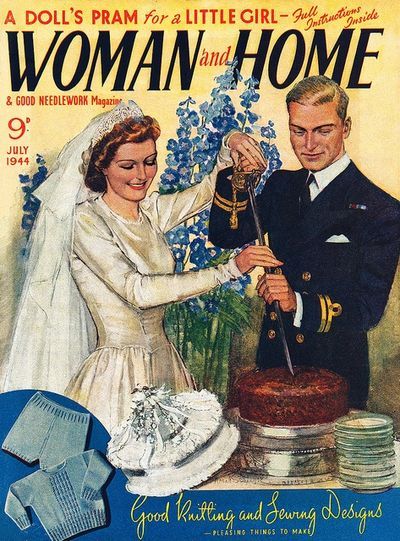
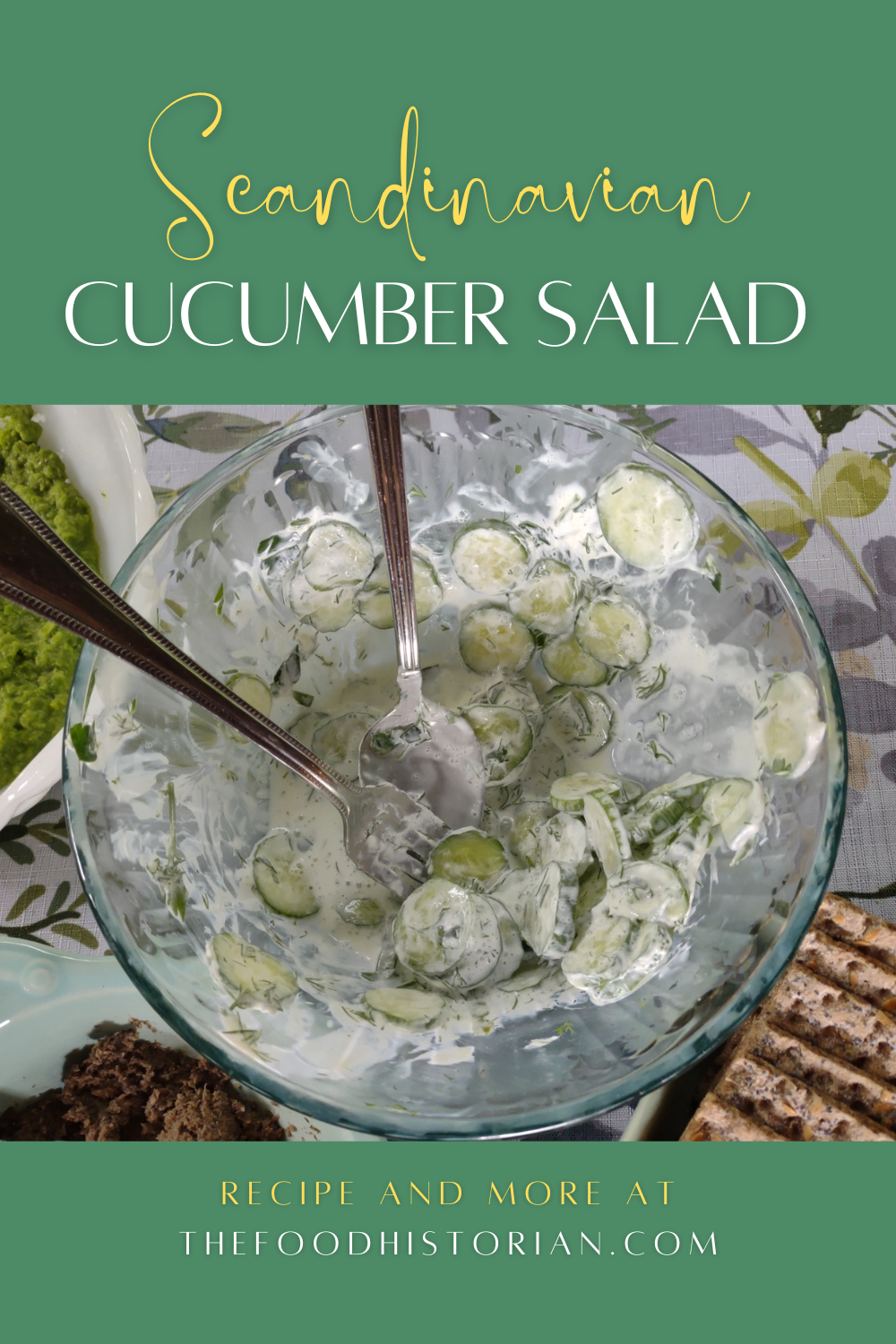
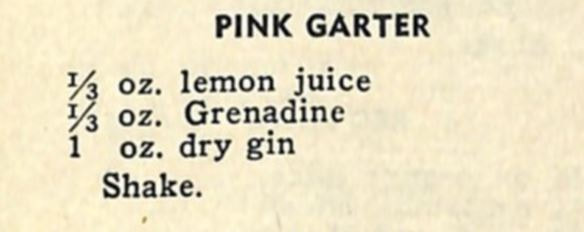
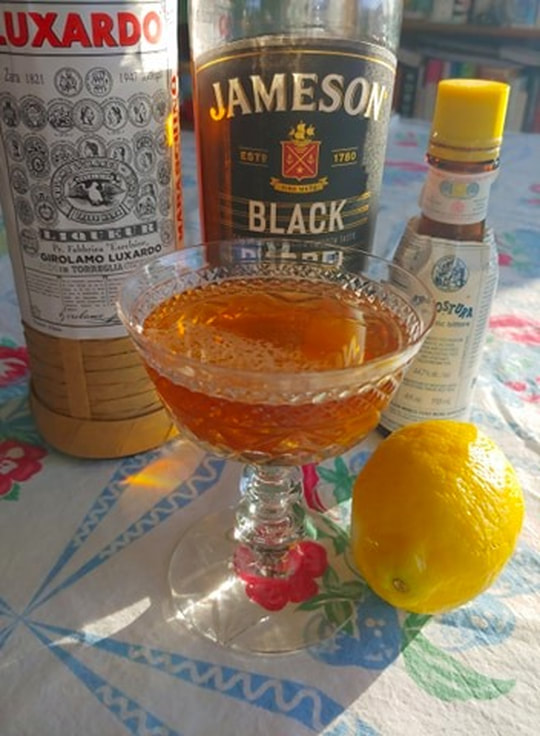

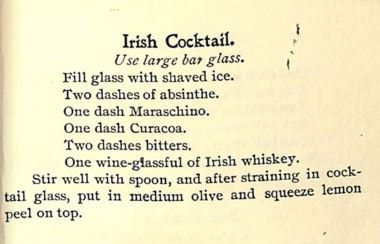
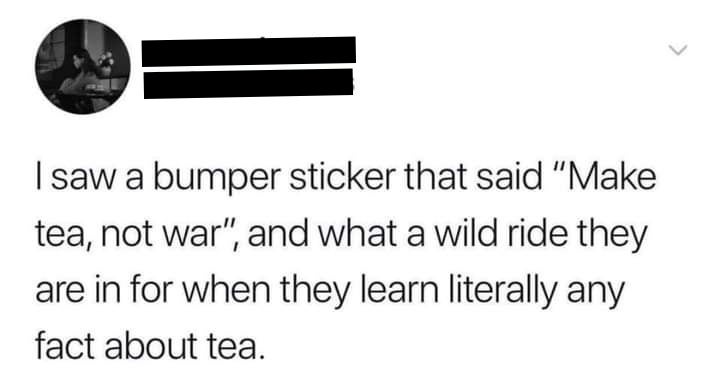


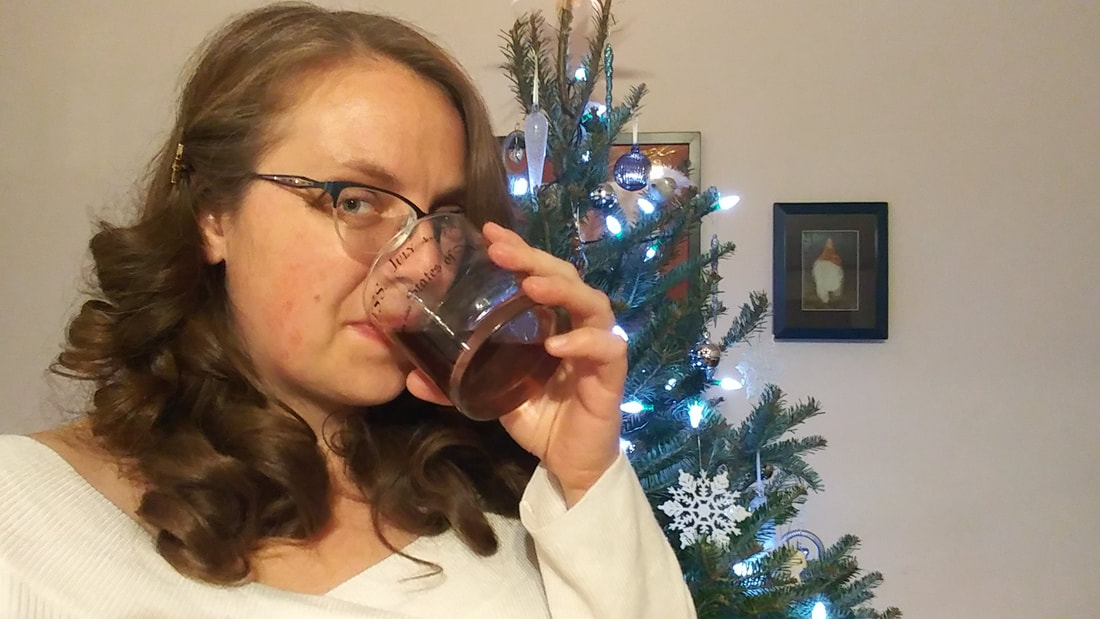
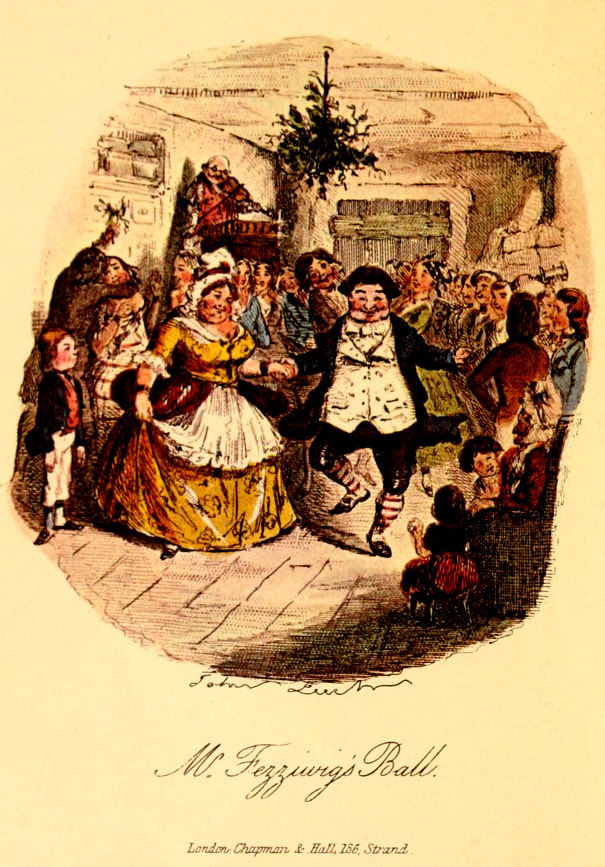
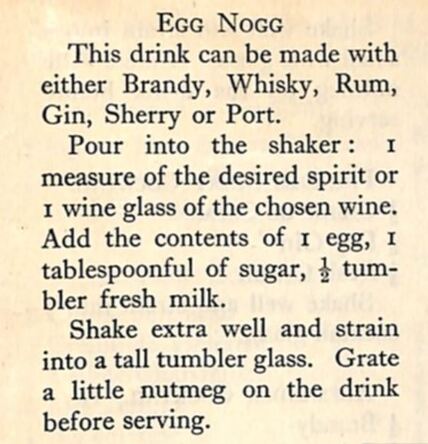
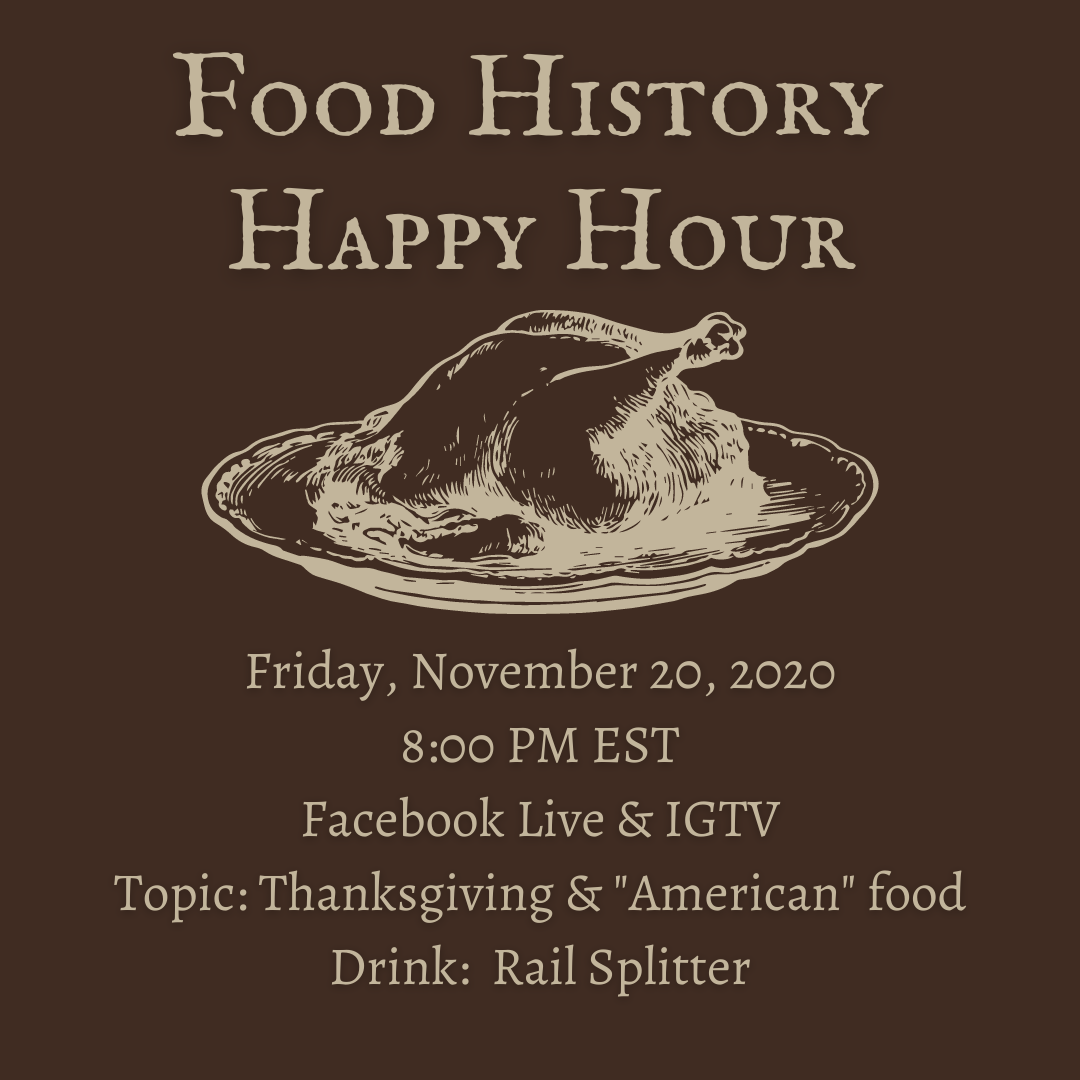
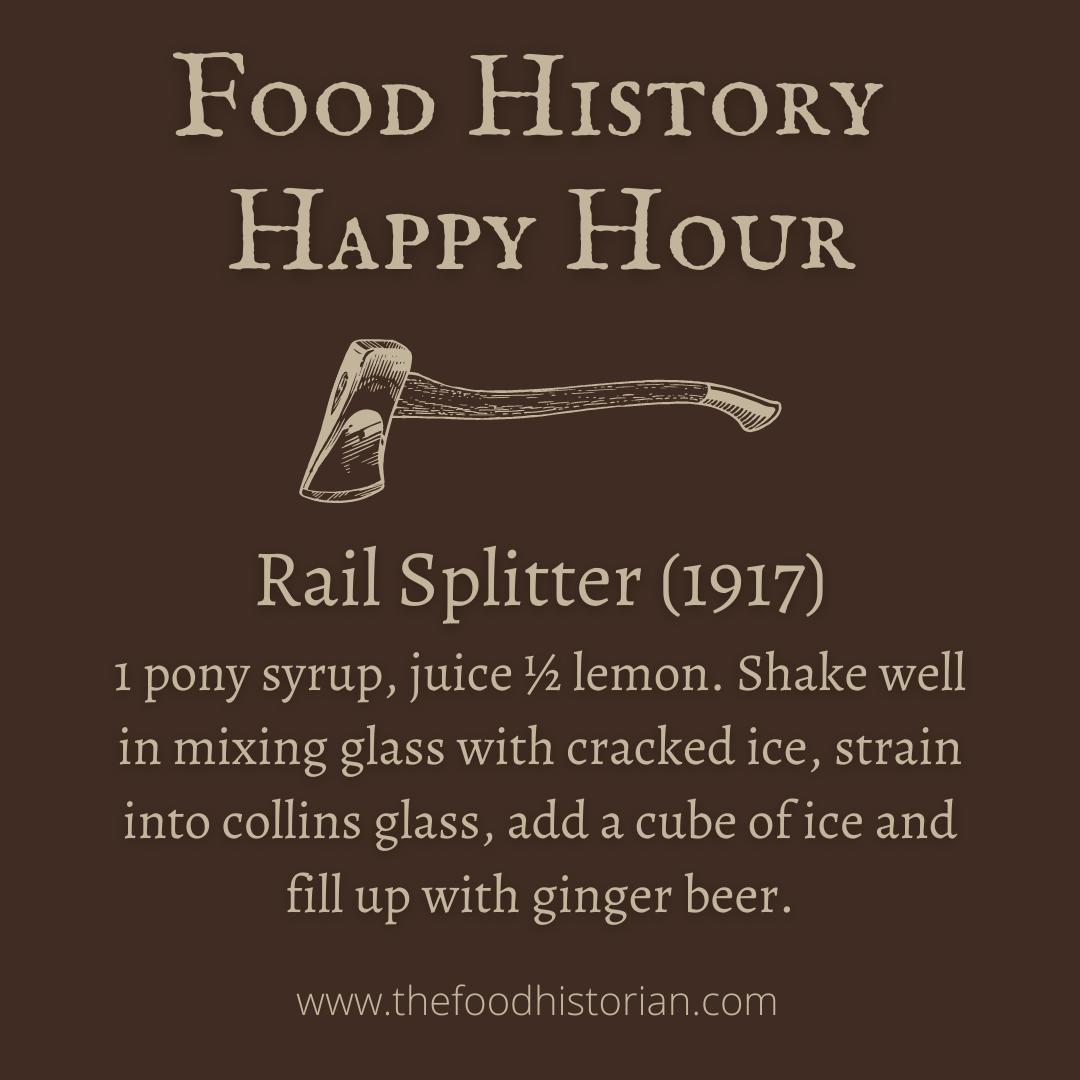
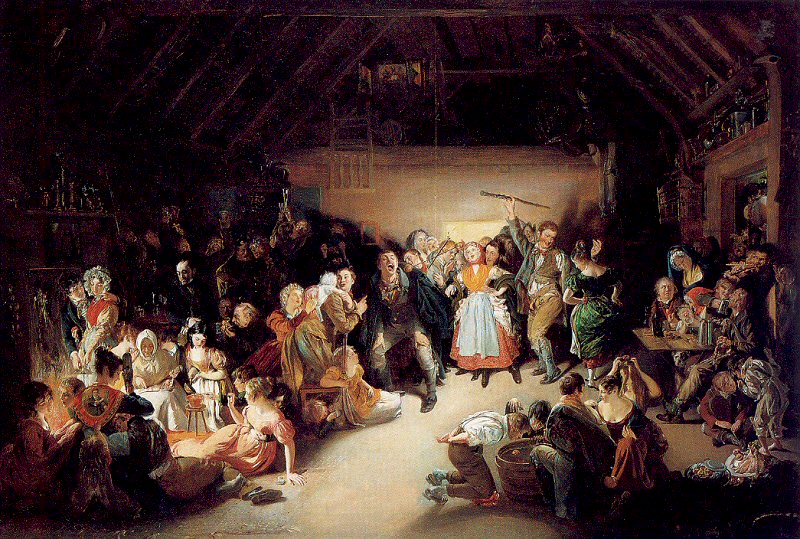





 RSS Feed
RSS Feed